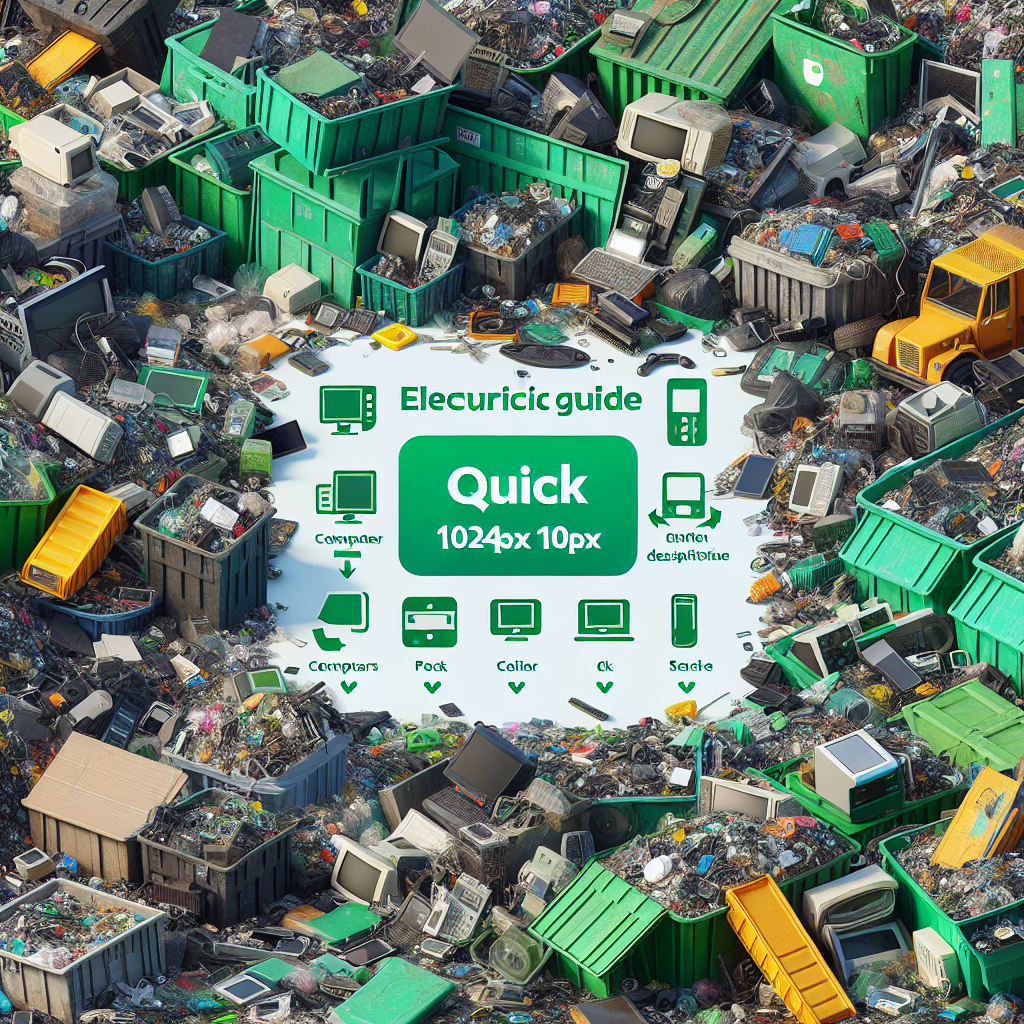Blog Ecobraz Eigre

Quick guide to classifying electronic waste
Introduction to the Classification of Electrical and Electronic Waste
The proper management of electrical and electronic waste is essential for mitigating environmental impacts and complying with current legislation. Correct classification makes it possible to optimize recycling and disposal processes, as well as guaranteeing safety and legal compliance.
Definition and Types of Electrical and Electronic Waste
Electrical and electronic waste corresponds to discarded equipment that has electrical or electronic elements. The main types are:
- Large equipment waste: large household appliances such as refrigerators, air conditioners, among others.
- Small equipment waste: devices such as cell phones, remote controls, portable radios.
- Waste computer and telecommunications equipment: computers, monitors, printers, cell phones and accessories.
- Waste lamps not included in this article due to editorial guidance.
Official Standards and References
The Brazilian Standard ABNT NBR 16174:2013 provides guidance on the management of electrical and electronic waste. In addition, the National Solid Waste Policy (PNRS), Law No. 12.305/2010 (planalto.gov.br), establishes guidelines for the integrated management of this waste.
The National Solid Waste Management Information System (SINIR) (sinir.gov.br) offers data and tools for monitoring this management at a national level.
Technical Classification of Electrical and Electronic Waste
The classification is carried out according to NBR 16174 and the current SINIR standards, organizing waste into:
- Group I - Non-hazardous waste: Equipment that does not contain toxic or flammable components in significant volumes.
- Group II - Hazardous waste: Equipment that contains chemical substances or components that present an environmental or health risk, such as internal batteries and certain electronic circuits.
Information on the Collection Process
For correct and regulated disposal, the selective collection of electronic waste must be carried out by authorized providers. Scheduling and procedures are detailed in the official scheduling system for electronic waste collection, ensuring traceability and compliance with legislation.
Safe Disposal of Storage Devices
Storage devices, such as hard disks (HDDs) and digital media, require special care to protect sensitive information during disposal. Specific procedures for safe sanitization and destruction are necessary, according to the guidelines available for confidential disposal of hard drives and media.
Final Considerations
The effective classification of electrical and electronic waste based on official regulations is an essential tool for responsible environmental management. Compliance with technical and legal procedures ensures the minimization of environmental impacts and promotes the sustainability of the life cycle of electrical and electronic products.

Deixe um comentário
O seu endereço de e-mail não será publicado. Campos obrigatórios são marcados com *